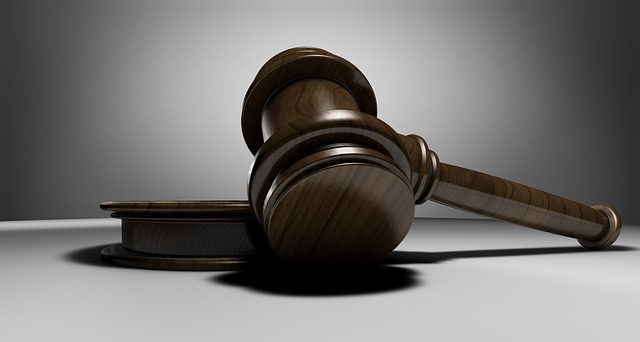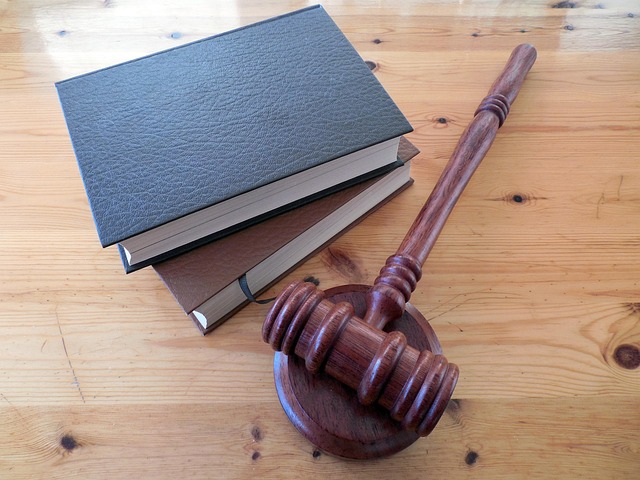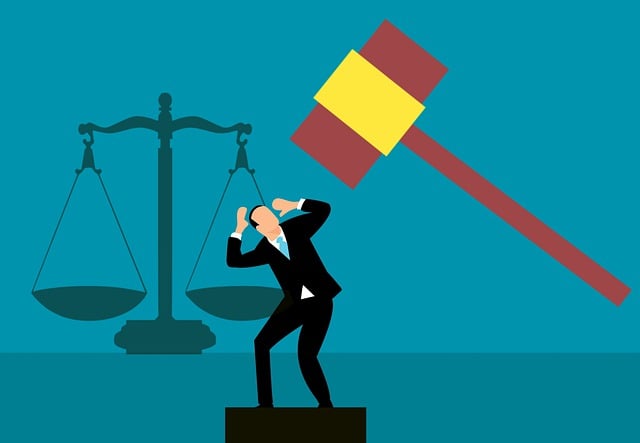Understanding an injury case timeline is vital for achieving justice and fair compensation after accidents or negligence. This process involves distinct stages: immediate medical care & reporting, investigation, evidence gathering, negotiations, and potential court proceedings. Comprehensive documentation, including medical records, witness statements, and photographs, is crucial for proving negligence and quantifying damages in complex cases like product liability or fiduciary duty breaches. Effective documentation practices ensure fairness, transparency, and clarity throughout the legal process, facilitating faster decision-making, strategic planning, and just outcomes based on concrete evidence.
Injury cases demand meticulous documentation to navigate the intricate injury case timeline. Effective record-keeping is pivotal, as it supports legal claims, protects injured parties’ rights, and facilitates a transparent process. Understanding the structured framework of an injury case timeline—from incident reporting to trial—is essential for all involved. This article explores the critical role of documentation in ensuring fairness and justice, delving into best practices that can enhance the overall integrity of injury case proceedings.
- Understanding the Injury Case Timeline: A Framework for Justice
- The Role of Documentation in Supporting Claims and Protecting Rights
- Effective Documentation Practices: Ensuring Fairness and Transparency throughout the Process
Understanding the Injury Case Timeline: A Framework for Justice

Understanding the injury case timeline is crucial for ensuring justice and fair compensation for victims of accidents or negligent acts. An injury case typically progresses through distinct stages, each with its own set of legal requirements and deadlines. This framework is designed to protect the rights of all parties involved, from the injured individual seeking redress to the responsible party defending against allegations.
In the context of auto accident injuries or caregiver negligence, for instance, the timeline begins with the incident itself. It then moves into the immediate aftermath, where victims seek medical care and report the incident to relevant authorities. The next phase involves investigations, during which an auto accident lawyer or legal representative gathers evidence, interviews witnesses, and constructs a strong case on behalf of the victim. This is followed by negotiations for settlement or, if agreement cannot be reached, formal legal proceedings in court.
The Role of Documentation in Supporting Claims and Protecting Rights

Documentation plays a pivotal role in supporting claims and protecting rights within an injury case timeline. In the intricate process of filing and pursuing legal action for personal injuries, whether from a car crash, product liability incident, or truck accident injuries, every detail matters. Comprehensive documentation acts as irrefutable evidence, providing a clear picture of events leading up to and following the incident. It includes medical records detailing treatments received, witness statements recounting what they observed, and any relevant photographs capturing the scene and resulting damage.
In cases involving complex issues like product liability or fiduciary duty breaches, thorough documentation is even more critical. It enables legal teams to build a compelling case by establishing a clear timeline of events, identifying negligence, and quantifying damages. This detailed record-keeping ensures that individuals who have suffered injuries receive the compensation they deserve and that those responsible are held accountable for their actions, ultimately fostering justice within the injury case timeline.
Effective Documentation Practices: Ensuring Fairness and Transparency throughout the Process

Effective documentation practices are paramount in managing an injury case timeline, fostering fairness and transparency throughout the legal process. Every interaction, medical report, and piece of evidence must be meticulously recorded to ensure all parties involved have access to consistent and accurate information. This reduces ambiguity and potential disputes, which are common in complex scenarios like commercial disputes or cases involving caregiver abuse.
A comprehensive documentation system allows for clear communication between clients, legal representation, and healthcare professionals. It enables a structured narrative of events, facilitating faster decision-making and strategic planning. Furthermore, proper documentation serves as irrefutable proof, protecting the rights of all individuals involved and ensuring that the final outcome is just and based on concrete evidence, not subjective interpretations.
Documentation plays a pivotal role in the injury case timeline, acting as a cornerstone for justice. By meticulously recording facts, medical details, and evidence, it supports claims, protects rights, and ensures fairness throughout legal processes. Effective documentation practices are essential to navigating the complexities of an injury case, ultimately leading to transparent outcomes and a more just society. Understanding and adhering to these practices is crucial for all involved parties to achieve a favorable resolution in their injury case timeline.






